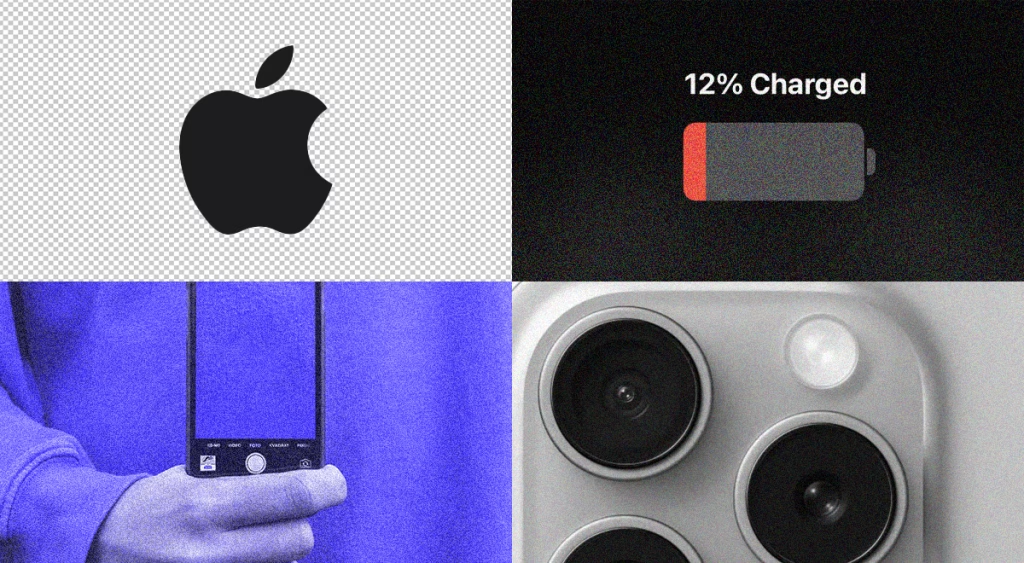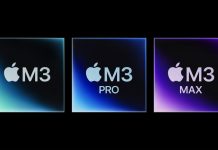
Smartphone batteries are great these days, lasting for two or more days of moderate use. But what if you want to rely on it for a video journal of your adventures? I devised an experiment to find out who would give up first: my legs or my iPhone’s battery.
First, a disclaimer: this test is not scientific, and there are many variables that could affect the results.
Recording a video is quite a computationally extensive task. Depending on many settings, such as video resolution and frame rate, it can drain the battery really fast.
For the experiment, I took a fully-charged iPhone 15 Pro Max with zero battery wear and set out on the 100km trail around Vilnius in Lithuania. The goal was to hike while continuously recording video until one of us tapped out – either the iPhone’s battery would die first, or I’d have to call it quits.
To give the iPhone a fighting chance, I set up the filming resolution to HD (1080p) at 30 frames per second. However, I left the default HDR recording enabled, which adds more bits to processing, putting a greater strain on the battery. However, spring in Vilnius is beautiful and requires the capture of more colors.
I didn’t use any power-saving features – such as dimming the display, turning on flight mode, disabling location and radios, or anything else – to keep the experience as normal as possible. However, I used a separate device with Strava to track the distance.
The experiment encountered some hiccups. A few times, I inadvertently stopped recording for less than a minute. I also got lost several times, grappling with multiple directions and walking back and forth.

So, what were the results?
If you’ve ever wondered how long an iPhone could go on filming, I have an answer for you. It’s 23.88km. For non-metric folks, that’s 14.83 miles.
You would need 28,588 steps, 4 hours, and 9 minutes to discharge an iPhone 15 Pro Max.

That was way more than I anticipated. Having limited experience with dedicated action cams, I was expecting the iPhone to run for around two hours, maybe a little more.
Having not hiked more than 20km for more than a decade, I was not prepared for a walk that long. The thirst for winning waned after two hours, and then the “never lose” mentality carried me the rest of the way.
At the end of the experiment, I really felt exhausted. While I maintained a decent speed during filming, once the iPhone finally turned off, it felt like it also drained the last remnants of my stamina. I trudged back home, each step agonizing.
The phone awarded me with a Move Goal 400% and a New Move Record achievement.
And I was quite slow, with an average pace of 10 minutes and 24 seconds per kilometer, according to the Strava app.
Long-distance runners could easily complete a marathon while shooting all the way with an iPhone.

Who was more “energy efficient”?
I burned around 2000 kcal to walk less than 23km.
The iPhone 15 Pro Max has a battery capacity of 4441 mAh (Milliampere-hour). At its rated 3.869 voltage, it could use a total of 17.3 watt-hour energy.
Can those two energy measures be compared? Quick calculations show that 17.32Wh is equal to just 14.9 kcal.
That means I burned 134 times more energy walking than my iPhone filming.
Before starting the experiment, I was worried that iPhone storage might be an issue. However, all that footage came in at under 28GB.
The rate at which the battery discharged was nearly linear.

How would I improve the recording results?
Throughout the experiment, 99-100% of battery usage was attributed to the camera. However, the display was always on and continuously bright in daylight conditions.
For more battery savings, you can disable the auto-brightness feature in Accessibility settings and the True Tone feature in the Display settings – the latter adapts the iPhone display based on ambient lighting conditions. Keeping the display brightness at a minimum maximizes battery conservation.
Additionally, turning off location, wireless connectivity, Bluetooth, closing background apps, and activating the Airplane mode could also help extend recording time by additional minutes.
Adjusting video settings will significantly impact the recording time, as higher resolutions and additional features like HDR and video stabilization require more computational resources and, therefore, energy.




